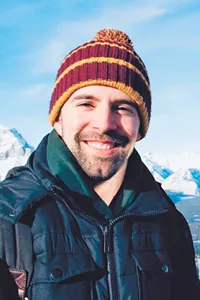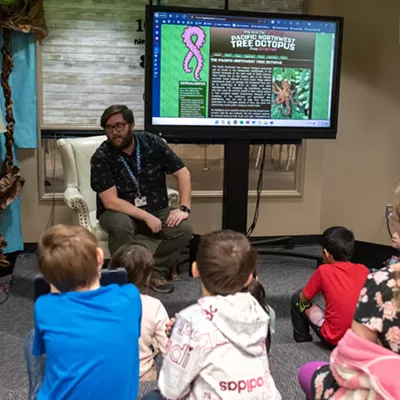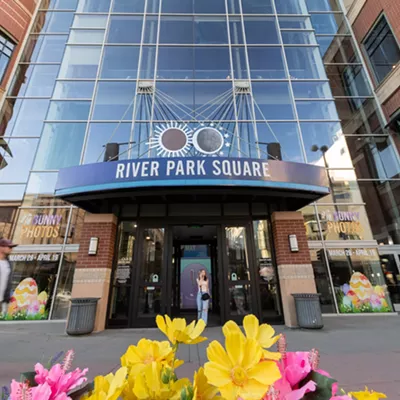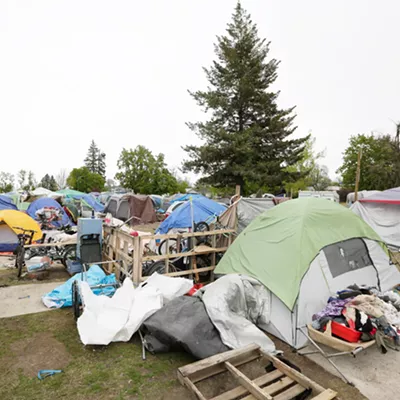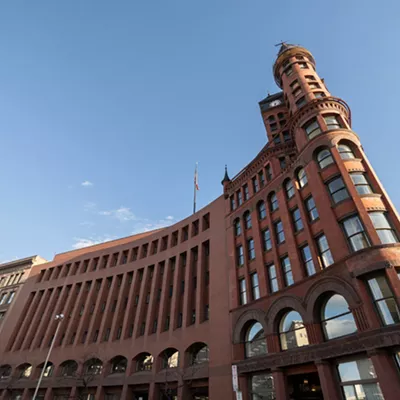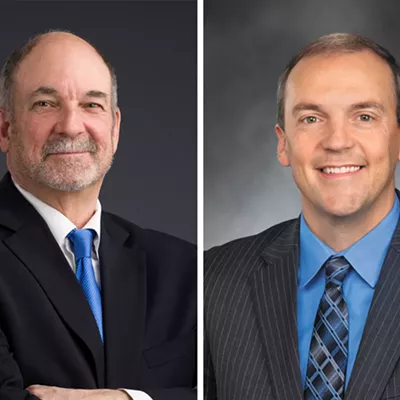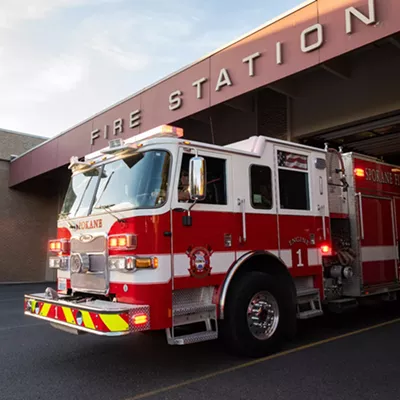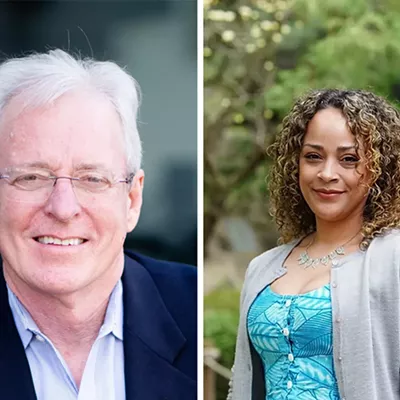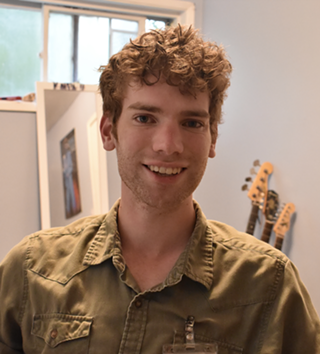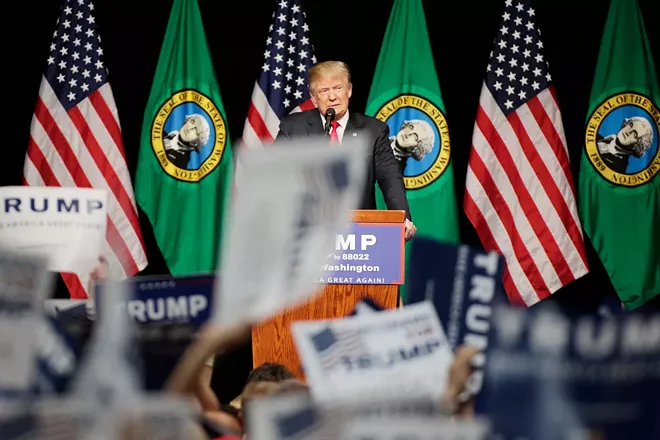
A new study from Washington State University found that LGBTQ+ students in conservative-voting school districts experience higher levels of bullying and psychological distress than their peers in liberal areas.
Steven Hobaica, who recently graduated from WSU with a Ph.D. in clinical psychology and co-authored the study, was motivated to research the issue because of his own experience growing up as a cisgender gay student in a conservative school district. He says many people intuitively know there's a connection between conservatism and LGBTQ+ bullying in schools, but that there's a lack of literature on the issue. By documenting the connection, he hopes to aid the development of policy that can better protect LGBTQ+ youth down the road.
"So that all kids are protected — no matter how they identify," Hobaica says.
To examine the connection between bullying and political beliefs, Hobaica and the other researchers compared data from the 2018 Washington State Healthy Youth Survey with how school districts voted in the 2016 presidential election. District-level data isn't publicly available because of student privacy concerns, but even at the county level, the differences in bullying patterns are noticeable.
In Spokane County, which went for Donald Trump in the 2016 election, 41.3 percent of gay, lesbian or bisexual 10th graders said they had been bullied at some point in the past 30 days, according to 2018 Healthy Youth Survey data. Only 18.7 percent of straight students said they had been bullied. In King County, which overwhelmingly voted for Hillary Clinton, 24.8 percent of gay, lesbian or bisexual 10th graders reported being bullied. For straight students the number was 13.84 percent.
"I think it's hard to doubt that there is that connection," says Paul Kwon, a professor of psychology at WSU who co-authored the study. "Trump said many things that were inflammatory towards the LGBTQ+ community, and worse, he advocated for a lot of policies at the federal level that were quite discriminatory."
James Byrnes, who graduated from North Central High School this year, says he doesn't think Trump's election was the driving force behind the homophobic bullying he experienced, but that it did empower people who were already disposed to it.
"There were certainly a few kids who I knew were very avid in a lot of his ideas who probably would have had the same issues with me either way, but I feel like they felt like they had social leverage because of that," Byrnes says.
Byrnes came out to his peers in his sophomore year. He was running on the cross-country team at the time and says he quickly noticed a paradigm shift among some of his teammates. It was subtle at first: Some kids would keep their distance on the field, avoid sharing locker rooms and make occasional homophobic remarks. It later evolved into more explicit bigotry. During one morning practice, Byrnes says a football player approached him in the locker room and told Byrnes he looked like the type of person who would go to prison on purpose and dress up like a woman so he could be easily raped.
Byrnes says he was haunted by the incident. He didn't tell people because he shared classes with the football player and didn't want to further complicate things.
"It's behind me now," Byrnes says. "I still think about it sometimes, but I'm glad to be out of that environment."
Despite the negative experiences, Byrnes says his high school experience wasn't all bad — teachers were generally supportive of LGBTQ+ students, and the school's gay-straight alliance provided him with a welcoming environment.
Henry Seipp, who has been the adviser of the Shadle Park High School Gay-Straight Alliance for almost two decades, says that while bullying is still an issue, teachers and community members are now much more attentive and likely to intervene.
"The idea of a kid getting shoved in a locker because he's gay and then everyone giving a high-five to the bro who just shoved him in a locker? Those days are long gone," Seipp says.
One of Hobaica and Kwon's major findings was that in districts where teachers regularly intervene, rates of bullying for LGBTQ+ students were almost identical to non-LGBTQ+ bullying rates. In conservative districts, teacher intervention is less frequent. Washington has state laws intended to prevent LGBTQ+ bullying in schools, but Kwon and Hobaica say district-level policy can vary wildly and that more state-level anti-bullying policies are needed.
Hobaica says such policy might include discussions with students and families at the start of the year, public signage to identify safe spaces, anti-bullying curricula, and intervention training for teachers. For future research, Hobaica says he's interested in exploring how other variables like race intersect with bullying of LGBTQ+ students.
Kwon says the study isn't meant to be an indictment of a particular political party.
"It doesn't mean that somebody who is conservative is automatically in favor of discriminatory policies," he says. "What I think it is is a wake-up call that no matter your political orientation, I think it makes sense to support human rights." ♦

